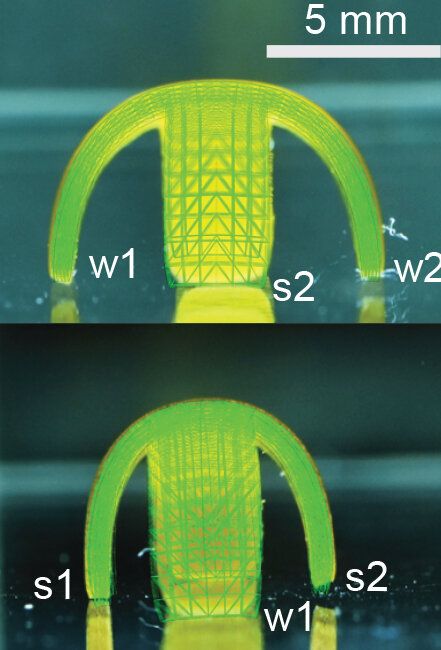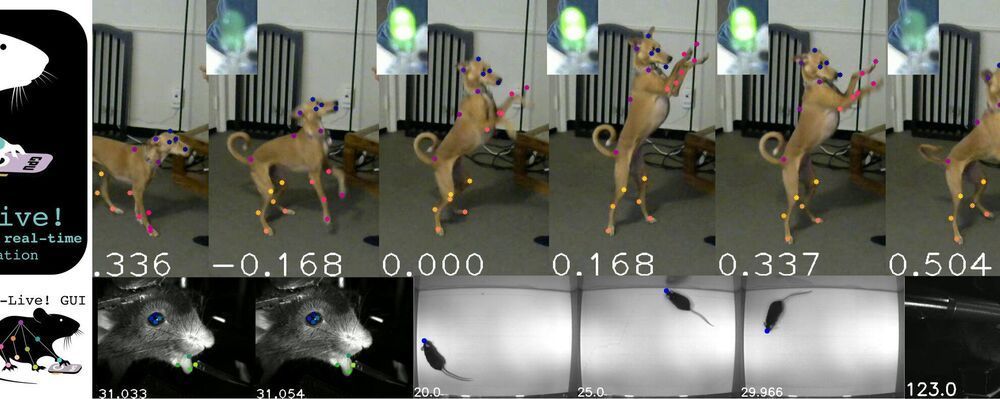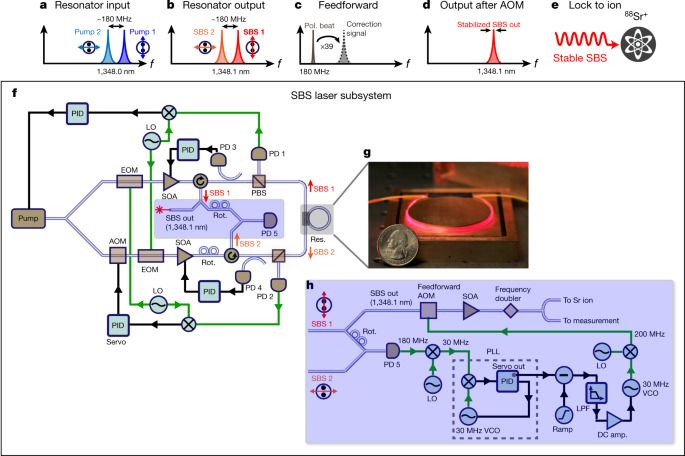
Get the latest international news and world events from around the world.


Tiny water-based robot is powered by light and can walk, move cargo and even dance
A new robot created by researchers at Northwestern University looks and behaves like a tiny aquatic animal, and could serve a variety of functions, including moving things place to place, catalyzing chemical reactions, delivering therapeutics and much more. This new soft robot honestly looks a heck of a lot like a lemon peel, but it’s actually a material made up of 90% water for the soft exterior, with a nickel skeleton inside that can change its shape in response to outside magnetic fields.
These robots are very small — only around the size of a dime — but they’re able to perform a range of tasks, including walking at the same speed as an average human, and picking up and carrying things. They work by either taking in or expelling water through their soft components, and can respond to light and magnetic fields thanks to their precise molecular design. Essentially, their molecular structure is crafted such that when they’re hit by light, the molecules that make them up expel water, causing the robot’s “legs” to stiffen like muscles.

Aquatic robot inspired by sea creatures walks, rolls, transports cargo
Northwestern University researchers have developed a first-of-its-kind life-like material that acts as a soft robot. It can walk at human speed, pick up and transport cargo to a new location, climb up hills and even break-dance to release a particle.
Nearly 90% water by weight, the centimeter-sized robot moves without complex hardware, hydraulics or electricity. Instead, it is activated by light and walks in the direction of an external rotating magnetic field.
Resembling a four-legged octopus, the robot functions inside a water-filled tank, making it ideal for use in aquatic environments. The researchers imagine customizing the movements of miniature robots to help catalyze different chemical reactions and then pump out the valuable products. The robots also could be molecularly designed to recognize and actively remove unwanted particles in specific environments, or to use their mechanical movements and locomotion to precisely deliver bio-therapeutics or cells to specific tissues.

DeepLabCut-Live! Real-time marker-less motion capture for animals
Gollum in “The Lord of the Rings,” Thanos in the “Avengers,” Snoke in “Star Wars,” the Na’vi in “Avatar”—we have all experienced the wonders of motion-capture, a cinema technique that tracks an actor’s movements and translates them into computer animation to create a moving, emoting—and maybe one day Oscar-winning—digital character.
But what many might not realize is that motion capture isn’t limited to the big screen, but extends into science. Behavioral scientists have been developing and using similar tools to study and analyze the posture and movement of animals under a variety of conditions. But motion-capture approaches also require that the subject wears a complex suit with markers that let the computer “know” where each part of the body is in three-dimensional space. That might be okay for a professional actor, but animals tend to resist dressing up.
To solve the problem, scientists have begun combining motion-capture with deep learning, a method that lets a computer essentially teach itself how to optimize performing a task, e.g., recognizing a specific “key-point” in videos. The idea is to teach the computer to track and even predict the movements or posture of an animal without the need for motion capture markers.





Study reveals electromagnetic properties of the Great Pyramid of Giza
A methodology that utilizes measurements in the variation of flux from cosmic muons (heavy cousins of the electron)—called archaeological muography—detected evidence for a possible second entrance and hidden corridor in the Great Pyramid of Giza (the largest of the Pyramids of Giza). As well, thermal imaging have revealed perplexing thermal anomalies in the Great Pyramid. Several explanations were put forward to explain the cause of the anomalies, but one particularly suggestive explanation was that it is due to increased air circulation caused by a hidden corridor or chamber — corroborating similar findings using muonic radiographic analysis.
Apple fires warning shot at Facebook and Google on privacy, pledges fight against ‘data-industrial complex’
There is also the fact that privacy crusader Max Schrems undercut Apple’s holier-than-thou privacy image last month when his digital rights group Noyb targeted the tech giant in Germany and Spain, claiming that Apple’s “Identifier for Advertisers” (IDFA) tracking ID, which is automatically generated on every iPhone during setup, allows Apple, app makers and ad networks to follow an individual user’s activities and use that data to show them ads targeted at their interests. Apple has said those claims are “factually inaccurate”.
Fundamentally though, the underlying message of Federighi’s keynote today was clear: Apple is not budging on its new privacy standards, they will come at the start of 2021, and it will play hardball with other tech giants if necessary, at least in certain markets.
Terms and conditions may not apply in China.®.